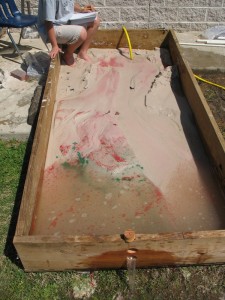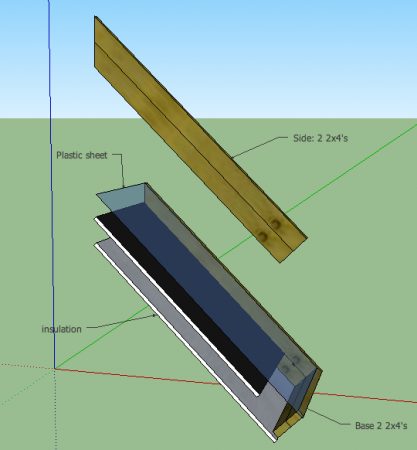Suzie Boss and Jane Krauss have a new book out on using information technology in large-scale projects called, “Reinventing Project-Based Learning“. While you can do great projects without technology, they say,
… what a richer, more authentic landscape it is when students have access to resources, tools, strategies, and concerns found outside the classroom walls.
There are a ridiculous amount of real data available out their on the web, from economic data (FRED) to real-time stream gauging for the entire U.S. (USGS). And many come with online tools to process the data.
In addition, things like wikis make collaboration possible even for home-work projects in a way that was not possible in the past.
For myself, the book provides an interesting guide for for tailoring and improving the structure of the projects I already do, but there is a good bit of information introducing different types of technology to those interested in incorporating it for the first time. I’d be interested to see what teachers new to experimenting with project-based learning with new technology think about the book.





